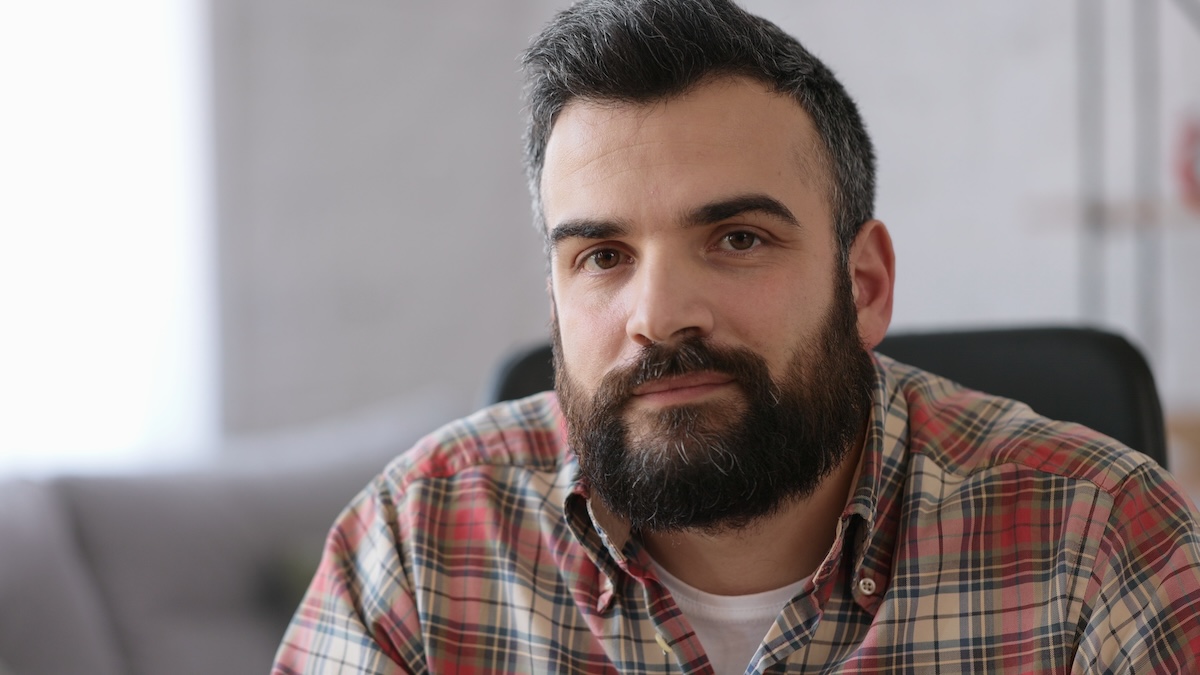
Overdose Awareness Day takes place each year on August 31 to bring attention to the growing number of lives lost to drug overdose. It’s a time to recognize the reality of the crisis, push for better education and resources, support the individuals and families still facing risk, and honor those we’ve lost.
In San Antonio, where overdose continues to affect people across neighborhoods and age groups, awareness leads to action. Whether it’s learning how to respond in a crisis, connecting someone to treatment, or showing up for a local event, there are practical ways for everyone to help.
This guide outlines what’s happening in the area and how to be part of the response.
Bexar County has seen a 33% decline in opioid-related overdose deaths since 2022, a sign that awareness, education, and access to resources are making an impact.
Still, the work is far from over. Nearly 5,000 Texans lost their lives to overdose last year, and the national toll exceeded 80,000. While the downward trend is encouraging, it falls short of the goal: zero lives lost to overdose.
Local education and awareness make change possible. When people recognize the risk factors for addiction and understand the signs of an overdose, they can take action that saves lives. When communities arm themselves with tools like naloxone, a medication that reverses an overdose, they can respond in emergencies and contact the right people for help.
Stigma has also been a prevalent issue in San Antonio and the greater Texas area, and it often prevents individuals from seeking help. Education efforts reduce stigma countywide, making it easier for people to get involved and get treatment.
San Antonio has taken steps in recent years to address the overdose crisis through a combination of education, prevention strategies, and policy changes:

Harm reduction methods include needle exchange programs (to prevent HIV and other blood-borne illnesses) and naloxone distribution programs (a medication used to reverse overdose).
These programs play an important role in San Antonio’s awareness and education efforts, which is why we spotlight them on Overdose Awareness Day.
Those who are either in active opioid addiction or who have loved ones in active opioid addiction should always carry naloxone. Here are some of the places to find it in San Antonio and nearby Texas counties:
| Name | Location | Contact |
|---|---|---|
| University of Texas Health Science Center | 📍5109 Medical Drive | San Antonio, TX 78229 | 🔗Brochure
☎️210-358-6842 |
| Texas Health and Human Services | 📍P.O. Box 149347 (MC 1979). Austin, Texas | 🔗Website
☎️512-424-6500 |
| Local Pharmacies (free or no-cost naloxone) | 📍Check the website for local addresses | 🔗Website
☎️(202) 307-1000 |
| The N.I.C.E. Project (4 vending machines) | 📍1105 E Cesar Chavez St, Austin, TX 78702 | 🔗Website
☎️301-633-7683 |
| Bexar County Small Business & Entrepreneurship Department | 📍8200 Perrin Beitel #117, San Antonio, TX 78218 | 🔗Website
☎️(210) 335-2478 |
Learning how to use Naloxone/Narcan in Bexar County is just as important as obtaining the medication. Local, upcoming Narcan workshops are available on Bexar County’s calendar. There are also upcoming online opportunities for Narcan administration training.
For those living with heroin, cocaine, morphine, or meth addiction, needle exchange programs are a must. Used and shared needles are common and can, unfortunately, lead to infections and illnesses like HIV, hepatitis B, hepatitis C, and tetanus.
If someone isn’t ready for treatment, a needle exchange program offers a place to drop off dirty needles and receive clean ones, free of charge.
San Antonio’s needle exchange is offered by the Bexar Area Harm Reduction Coalition. They can be found at 1523 N Zarzamora St, San Antonio, TX, 78207. Their website lists more of their harm reduction offerings.
Overdose Awareness Day is only effective with community involvement and support. Individuals looking to get help can start with these 6 things:
Every action, no matter how small, can make a difference in preventing overdose and supporting those at risk.

In San Antonio, community connection and cultural representation go hand-in-hand with effective prevention. Acknowledging the impact of overdose and supporting the education that surrounds it strengthens recovery efforts throughout Bexar County.
San Antonio Recovery Center offers addiction treatment rooted in the 12 Steps in Bexar County. With the largest alum network in the city, a culturally diverse team that reflects the local community, and expertise in complex dual diagnosis treatment, it is a place where people find safety and healing. To get started, call 866-957-7885 today.
contact us now!
